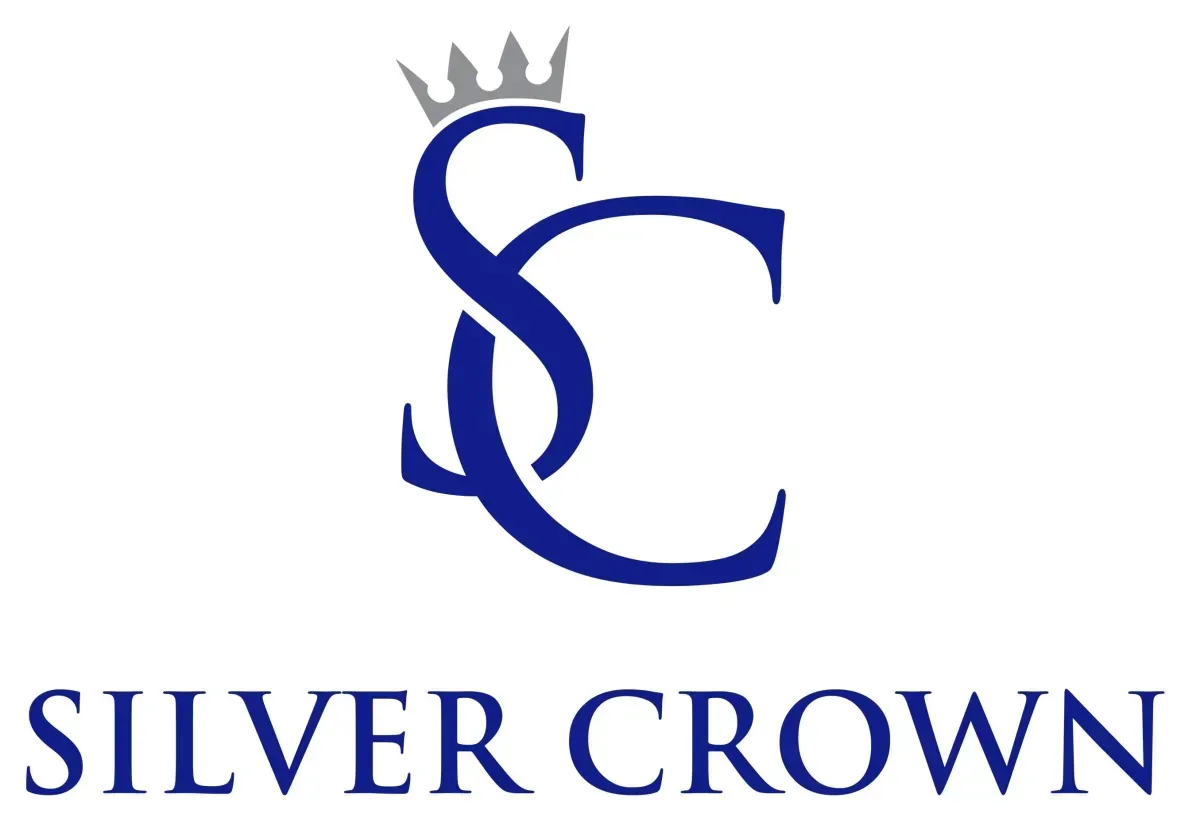
The Guide to Credit Restoration: How to Remove Negative Items and Improve Your Credit Score
"Your credit score is one of the most powerful numbers in your financial life. It influences whether you can buy a home, finance a car, qualify for personal loans, or even land a job."
Yet millions of people struggle with poor credit because of mistakes, overdue accounts, or errors on their credit reports. The good news is that your financial story is not permanent. With the right approach, you can take charge through a process known as credit restoration.
Credit restoration is about repairing the damage on your report, addressing inaccurate entries, and rebuilding trust with creditors. It is not a magic fix but a structured process that helps you remove negative items and set the foundation for long-term financial growth. Whether you do it yourself or use a professional service, understanding how credit restoration works can unlock better opportunities, lower interest rates, and give you financial freedom.
What Is Credit Restoration
Credit restoration is the process of improving your financial profile by fixing inaccuracies, negotiating with creditors, and building positive credit behavior. It focuses on cleaning up errors and negative items on your credit report while teaching you habits that increase your credit score over time.
Key Components of Credit Restoration
Credit Report Review – Analyzing reports from the three major credit bureaus to identify inaccurate entries.
Disputing Errors – Challenging items that are outdated, unverifiable, or simply incorrect.
Negotiating With Creditors – Working to settle or restructure accounts to improve standing.
Positive Credit Building – Using new strategies like secured cards, on-time payments, and reduced balances.
Credit restoration is not about hiding your past. It is about ensuring your history is accurate and creating a stronger financial future.
Why Credit Restoration Is Important
Bad credit can cost you in ways you might not realize. It’s not only about loan rejections; it impacts your daily life.
How Poor Credit Affects You
Higher Interest Rates
A low credit score means lenders see you as a risk, charging higher rates on loans and credit cards.Loan and Mortgage Denials
Even with income, a weak report full of negative items can keep you from getting approved.Rental and Housing Problems
Landlords often review your credit report, and bad credit can block you from renting a home.Employment Opportunities
Some jobs, especially in finance, require a clean credit report as part of background checks.
Benefits of Credit Restoration
Lower interest rates and payments.
Easier approvals for credit cards, mortgages, and car loans.
Improved financial security and peace of mind.
Greater confidence when applying for housing or jobs.
What Are Negative Items on a Credit Report

Before beginning credit restoration, it’s essential to understand what negative items are and how they affect your credit score.
Common Negative Items
Late Payments – Payments made more than 30 days after the due date.
Charge-Offs – Accounts creditors declare as uncollectible.
Collections Accounts – Debts sold to third-party collection agencies.
Bankruptcies – Major events that can remain on reports for up to 10 years.
Foreclosures – Losing a home due to an unpaid mortgage.
Repossessions – Losing a vehicle due to missed loan payments.
Errors – Accounts you never opened or debts already paid but still listed.
These items drag down your credit score and can remain for years if not properly addressed.
How to Remove Negative Items from a Credit Report
The heart of credit restoration lies in the ability to remove negative items and replace them with an accurate, positive history.
Steps to Remove Negative Items
Obtain Your Credit Report
Get free annual reports from Experian, Equifax, and TransUnion.Review Carefully
Look for errors such as wrong balances, duplicate accounts, or outdated debts.File Disputes
Contact the bureau in writing or online to dispute incorrect entries. Provide documentation as proof.Request Validation
If a debt appears questionable, ask the creditor or collector to validate it. If they cannot, it must be removed.Negotiate with Creditors
Sometimes, creditors may agree to remove a late payment or collection in exchange for full or partial payment.Follow Up
Always check updated reports to confirm that changes have been made.
This process can be done individually, but many people choose credit restoration professionals who know the laws and can act on their behalf.
DIY Credit Restoration vs. Professional Services
When it comes to restoring your credit, you have two options: do it yourself or hire experts.
DIY Approach
Pros: Free, gives you full control, builds knowledge.
Cons: Time-consuming, requires legal and financial expertise, and slower results.
Professional Credit Restoration
Pros: Experts handle disputes and negotiations, faster results, stress-free process.
Cons: Service fees, not all companies are legitimate.
The choice depends on your budget, comfort level, and the complexity of your credit issues.
Habits That Help Improve Credit Score During Restoration
While removing negative items is important, building positive history is equally vital. Here are habits that support credit restoration:
Pay Bills on Time
Consistent on-time payments boost your score over time.Reduce Credit Utilization
Keep credit card balances below 30 percent of your limit.Avoid Closing Old Accounts
Longer credit histories improve scores, so keep old accounts active.Limit New Applications
Too many inquiries lower scores and signal financial instability.Monitor Reports Regularly
Review your reports at least once a year to catch errors early.
How Long Does Credit Restoration Take
Credit restoration is not an overnight fix. The time frame depends on how many issues are in your report.
Simple disputes: 30–60 days.
Multiple disputes: 3–6 months.
Complex cases (bankruptcies, foreclosures): Up to a year.
The key is consistency. Even slow progress makes a major difference in your future financial health.
Common Myths About Credit Restoration
Many misconceptions discourage people from starting. Let’s clear them up:
Myth 1: Credit restoration is illegal
False. It is a legal process protected under federal law.Myth 2: All negative items can be erased
Only inaccurate or unverifiable items can be removed. Legitimate debts remain.Myth 3: It works instantly
No method can raise your score overnight. Real progress takes months.Myth 4: You can’t do it yourself
You can, but professional help makes it faster and easier.
Frequently Asked Questions
1. What is the difference between credit repair and credit restoration
Credit repair typically refers to disputing errors, while credit restoration includes rebuilding positive habits and negotiating with creditors.
2. Can negative items really be removed from a credit report
Yes, if they are inaccurate, outdated, or unverifiable. Verified legitimate items remain until they expire.
3. How much can my credit score improve through restoration
It depends on your current situation. Removing even one negative item can raise your score by dozens of points.
4. Is professional credit restoration expensive
Costs vary, but many people find the savings on lower interest rates and approvals outweigh the fees.
5. How often should I check my credit report
At least once a year, though monitoring more often is recommended if you’re actively restoring credit.
Conclusion: Take Charge of Your Credit Future
Credit restoration is not just about cleaning up the past; it’s about creating the future you deserve. By addressing inaccuracies, learning how to remove negative items, and maintaining healthy financial habits, you can dramatically improve your credit report and strengthen your credit score. Whether you choose to do it yourself or work with professionals, the journey toward better credit is one of the most important investments you can make in your financial life.
Bad credit does not define you forever. Start the process of credit restoration today, commit to positive habits, and take the first step toward a brighter financial future. Contact us now to begin your journey to better credit and new opportunities.



